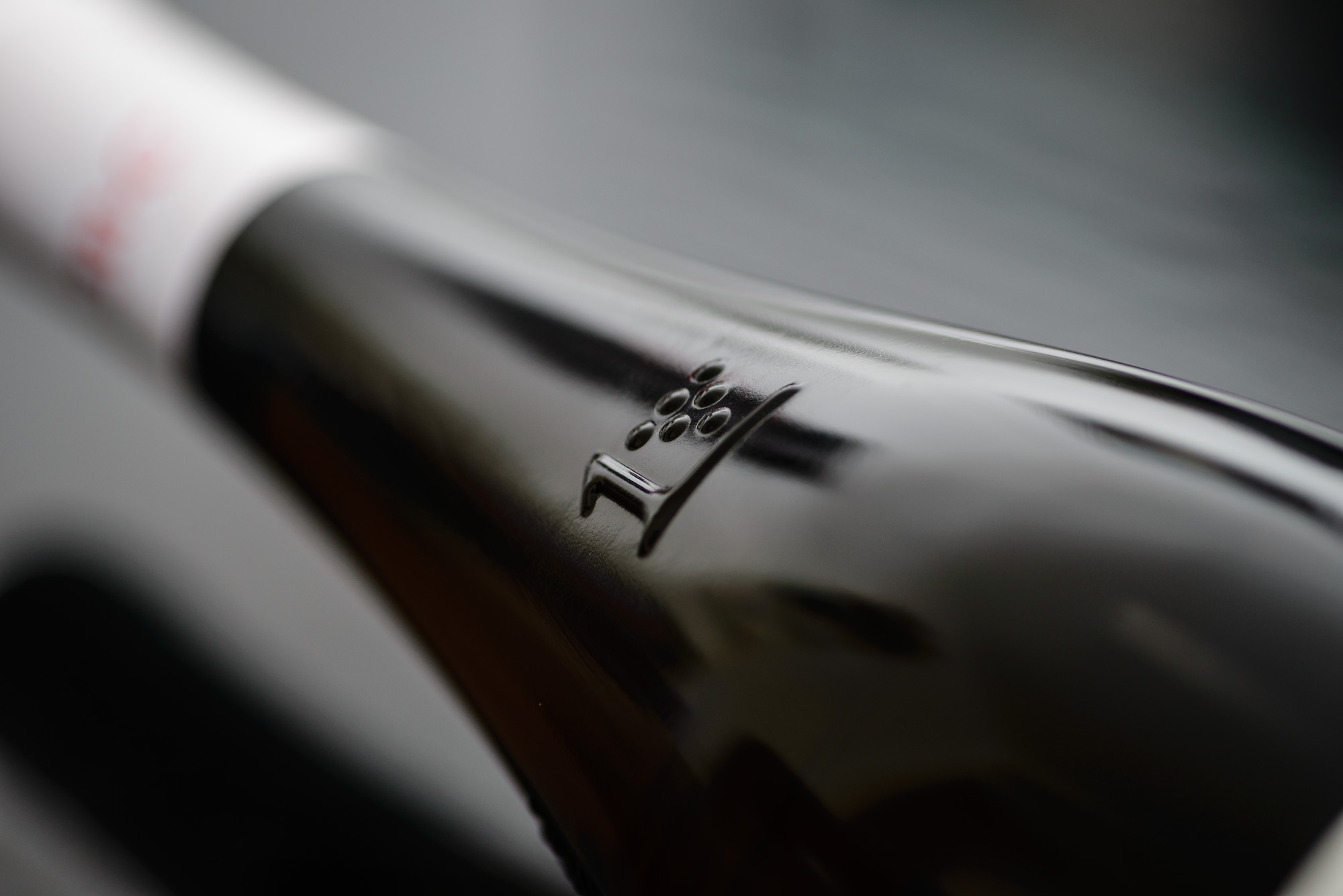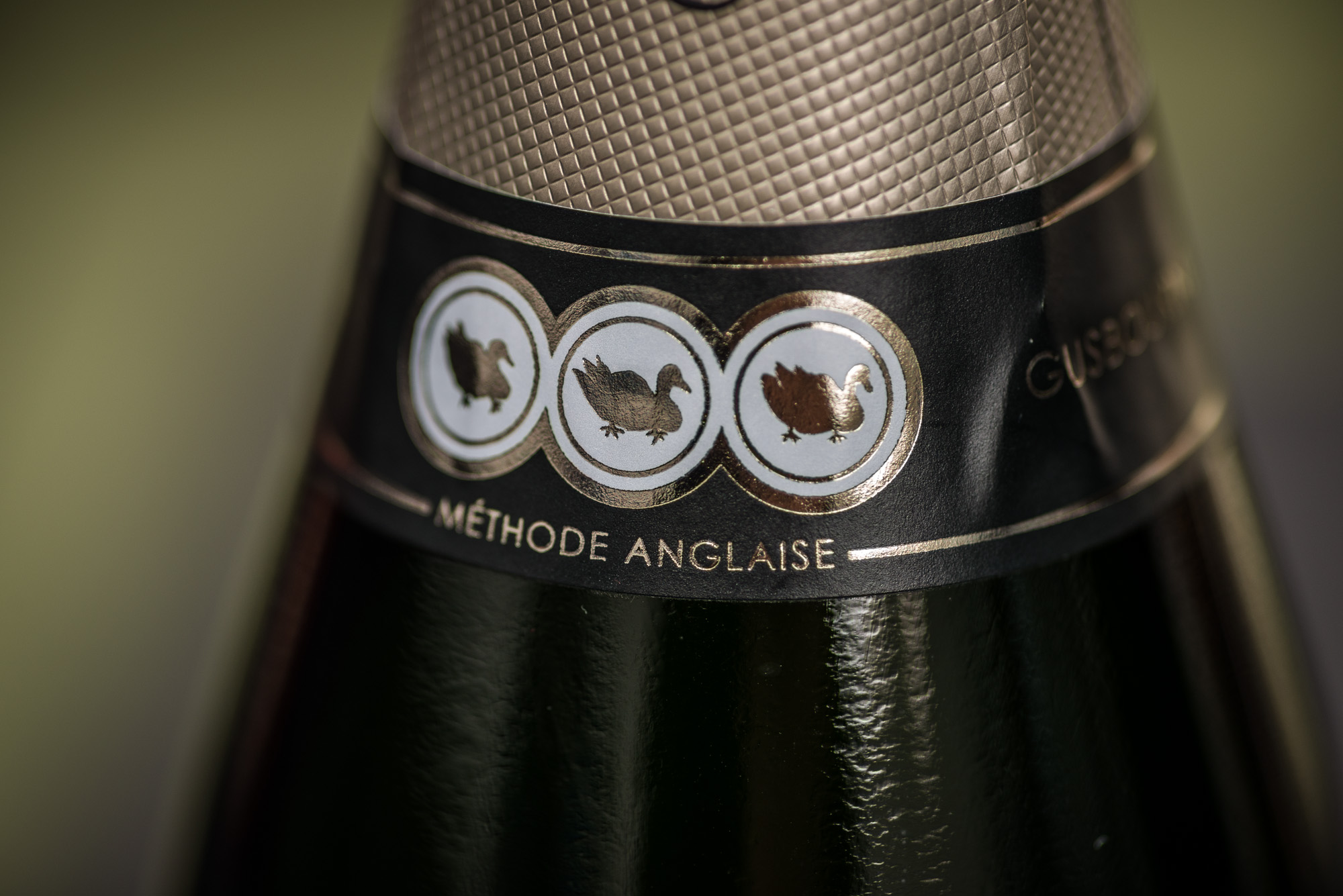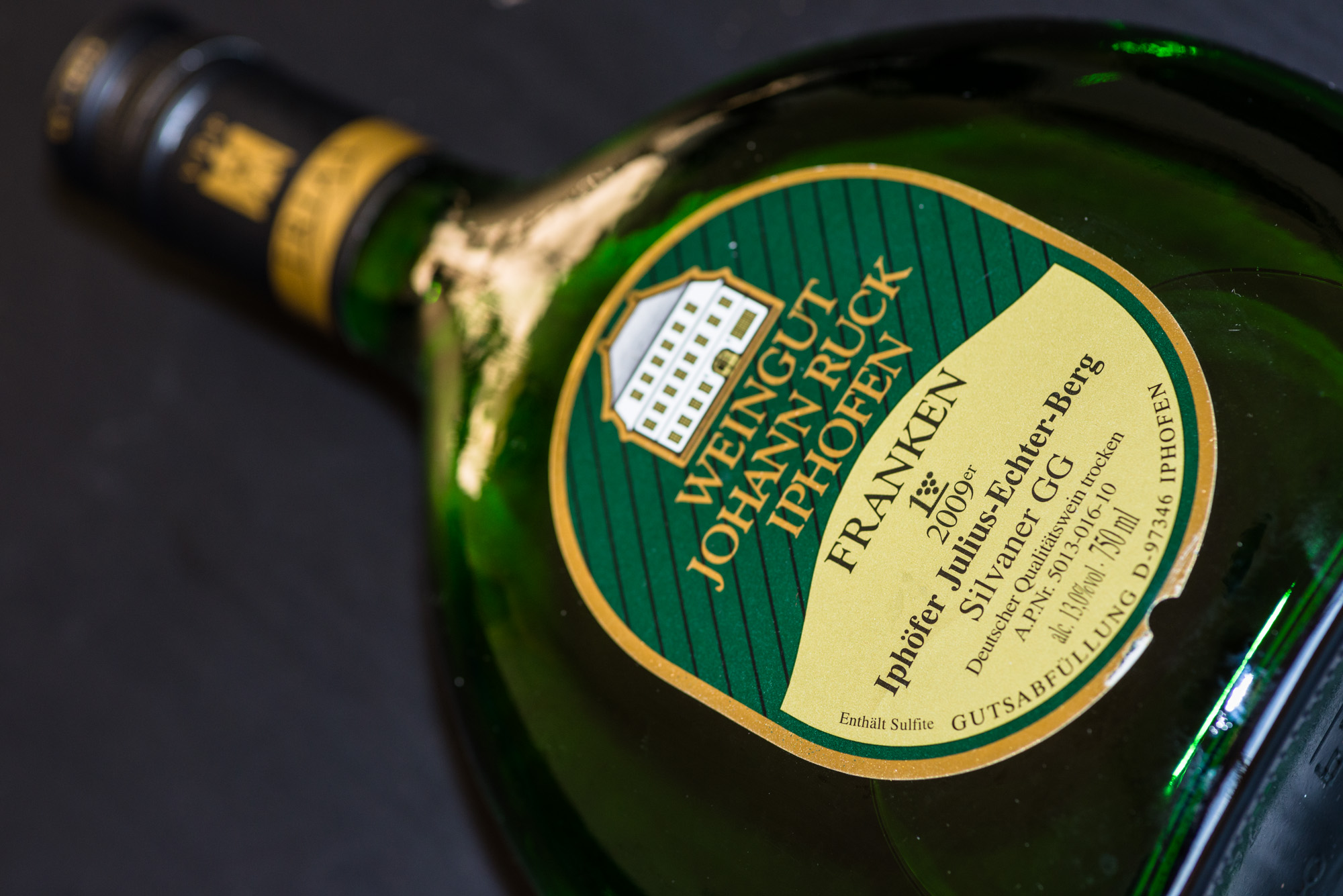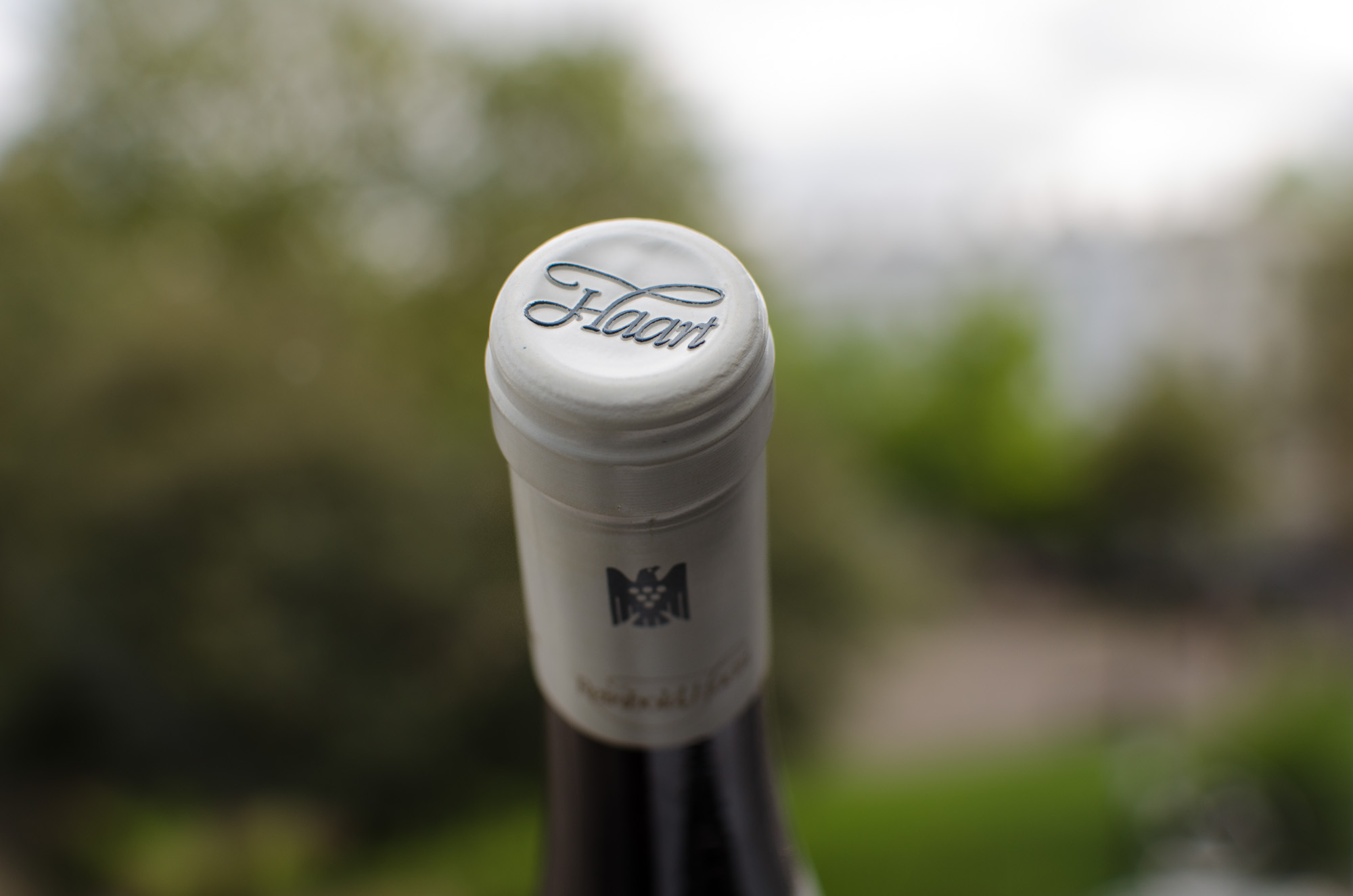Müller-Catoir, Riesling Großes Gewächs, Breumel in den Mauern, 2009
Not everyone may agree with the National Health Service's classification of nosebleeds as potentially 'frightening', but even tougher characters don't seem to consider them fun. Looking back at one or two childhood nosebleed experiences I am inclined to take sides with the NHS here - and yet a Riesling tasting like a nosebleed was probably the most interesting wine I encountered this year. Enter Müller-Catoir's 2009 Grand Cru Riesling "Breumel in den Mauern".

As you can see from the photo above there is a prominent "1" on the bottle, indicating that this wine comes from one of the most highly rated vineyards in Germany (at least according to the winemakers association VDP). Together with the designation as "Großes Gewächs" (great growth or grand cru) this is designed to inspire some awe - which is, one would hope, at least subtly different from nosebleed fright.









